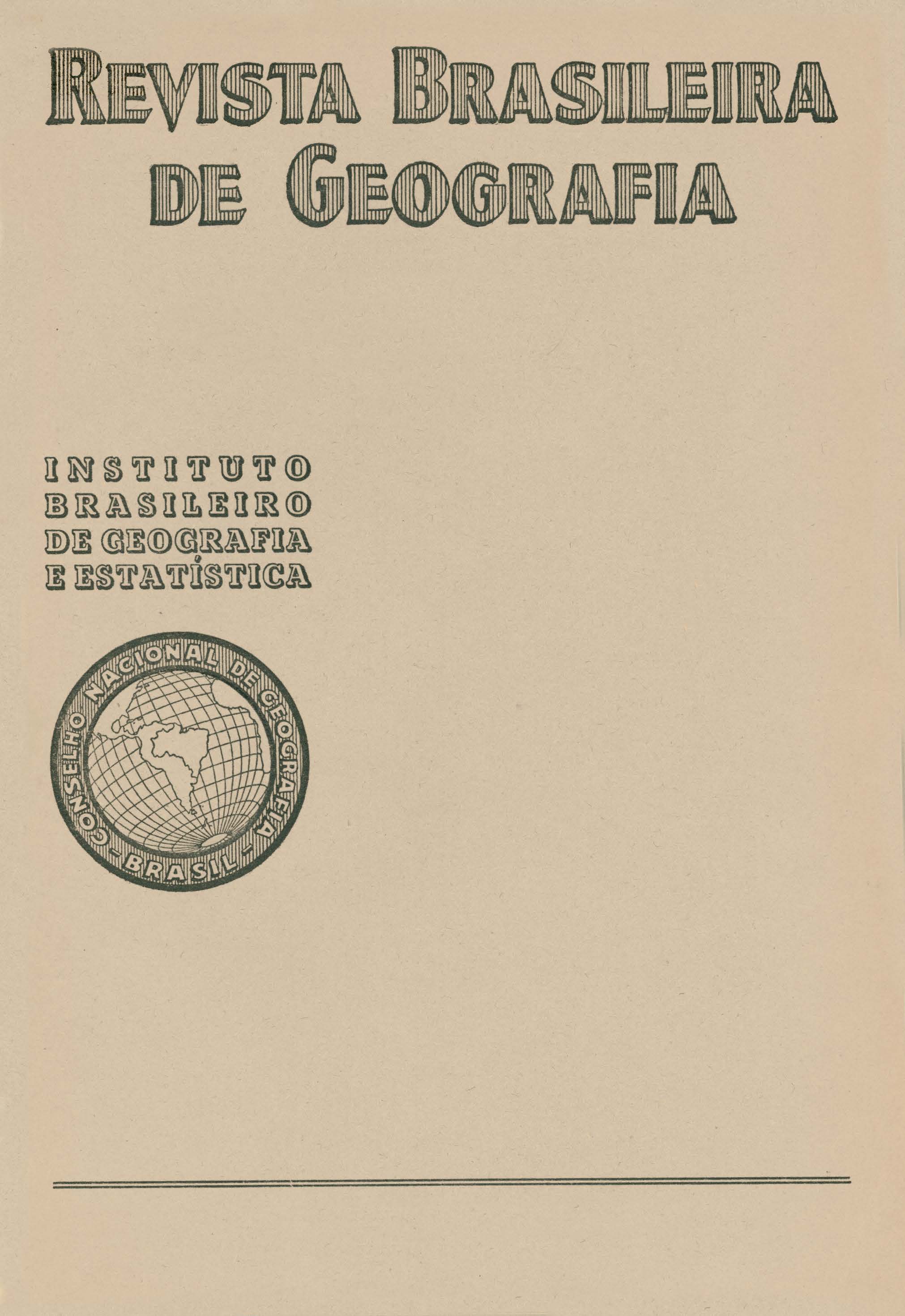Os Planos da biogeografia
Palavras-chave:
BiogeografiaResumo
The author, Dr. Pierre Dansereau, professor at the Faculty oi Sciences of the Université de Montréal, in his paper "the leve0is of biogeography" reviews the principal problems of biogeography, outlining its methods and ends, and referring to a brief bibliography.
The five levels recognized by the author, are briefly as follows:
1st plane: Paleoecology. The origin and evolution of species are studied through the diverse phases of the history of the earth, when the alternation of normal and revolutionary climates brought about changes in the conditions of. life. The relation of distribution of present flora and faunas to geological events is also stressed.
2nà plane: Bioclimatology. The principal elements and factors o f climate are analyzed here, as well as their influence on the various biological types. Great climatic zones can be characterized by the dominating biological type. Considerations are offered on the influence of temperature, relief and precipitations on plants and animals.
3rd plane: Autecology. In this chapter, the living being is studied in its adaptations to the environment. Three distinct phases of immediate adaptation of the plant or animal to its habitat may ha recognized: requirements, tolerances, and capacity o f utilizing the resources of the environment. The influence of chemical and physical factors (light, heat, humidity) on development, propagation and form of living beings is also considered. As for the influence of soil, the effect of pH is stressed which has allowed the recognition of acidophiles and basophilous, calcicolous and Silicicolous faunas and floras.
4th plane: Symecology. Having defined synecology, that part of biogeography that studies the environment itself, without previous choice of any particular organism, but considering all living beings within the limits of a particular habitat, the author refers to life forms, vitality and competition of plants. Furthermore, defining the biosphere as that part of air, land and water which shelters some form of life, he subdivides it into three biocycles, which in turn are broken down into biochores, and then into habitats. Within these, finally, are found synusias and biotopes. Touching upon the question of the various ecological complexes, the author studies succession and climax, defining the latter as a state of equilibrium, of arrest of in the dynamic processes, where climate is the only remaining control.
5th plane: Sociology. The quantitative composition, the structure and behavior of populations within a habitat are studied. To conclude this paper, Prof. Dansereau outlines the methods of survey used in the field for phytosoiological investigations to determine, minimal area coverage, abundance, sociability, periodicity, stratification, frequency, presence, constancy and fidelity.






